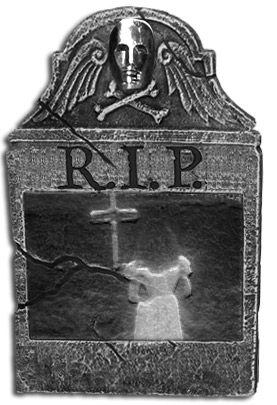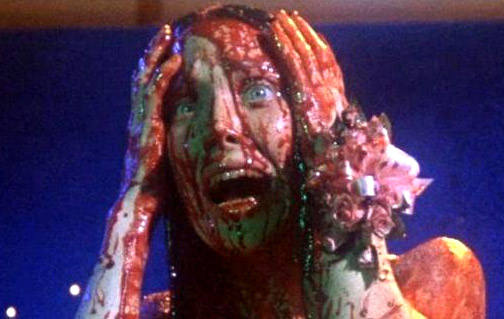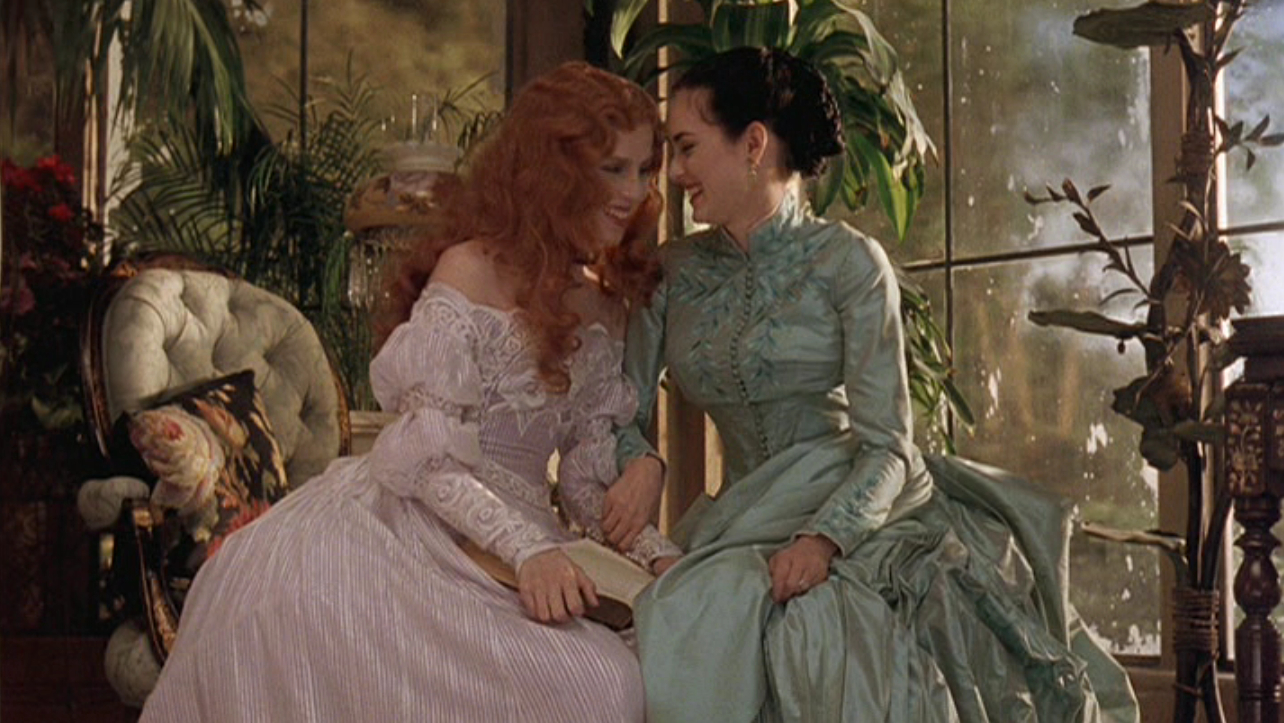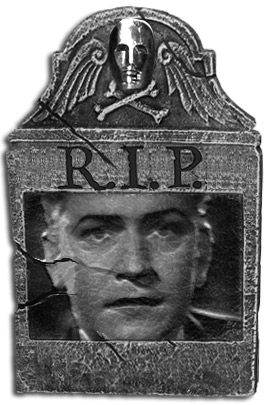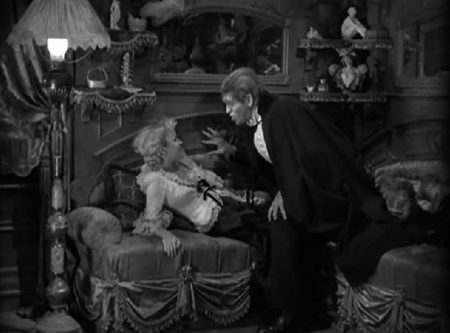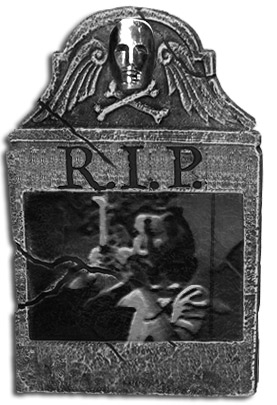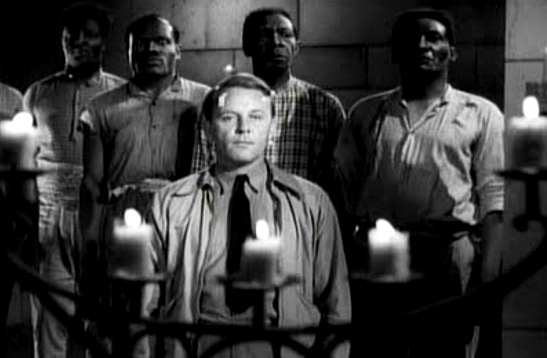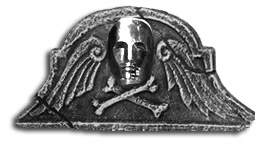Oscar Horrors: Makeup for the Recently Deceased
 Wednesday, October 26, 2011 at 10:22AM
Wednesday, October 26, 2011 at 10:22AM 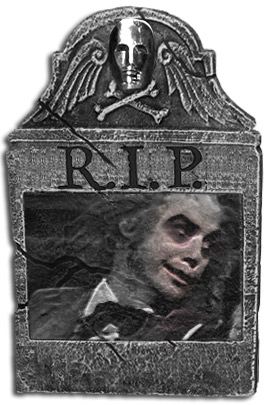 Daily Oscar Horrors until Halloween!
Daily Oscar Horrors until Halloween!
HERE LIES...Beetlejuice which heard its name repeated just once at the 1988 Oscars when it won Robert Short, Steve LaPorte and Ve Neill the award for Best Achievement in Makeup, banishing Scrooged and Coming to America to play with the sandworms.
Michael C. here. As a child of the Eighties I spent my formative years inundated with every variety of gore, slasher, and massacre Hollywood could throw at me, and yet it was this zany ghost story, more comedy than horror, that succeeded in getting under my skin where so many so many escaped mental patients failed. Such is the ability of a little twisted imagination to triumph over buckets of blood. There was just something about the sight of Alec Baldwin popping eyeballs on his fingers like so many olives that never failed to creep my seven-year old self out. Tim Burton knows - or at least used to know - that there is excitement in skirting the line between enjoyably goofy and genuinely unsettling. (See also: Large Marge)
There are many moments in Beetlejuice for the makeup team to show off. There is the rotting of Baldwin and Davis during the exorcism, the general moldiness of the title character and the hilariously slow-on-the-uptake football team ("Coach, I don't think we survived the crash.")
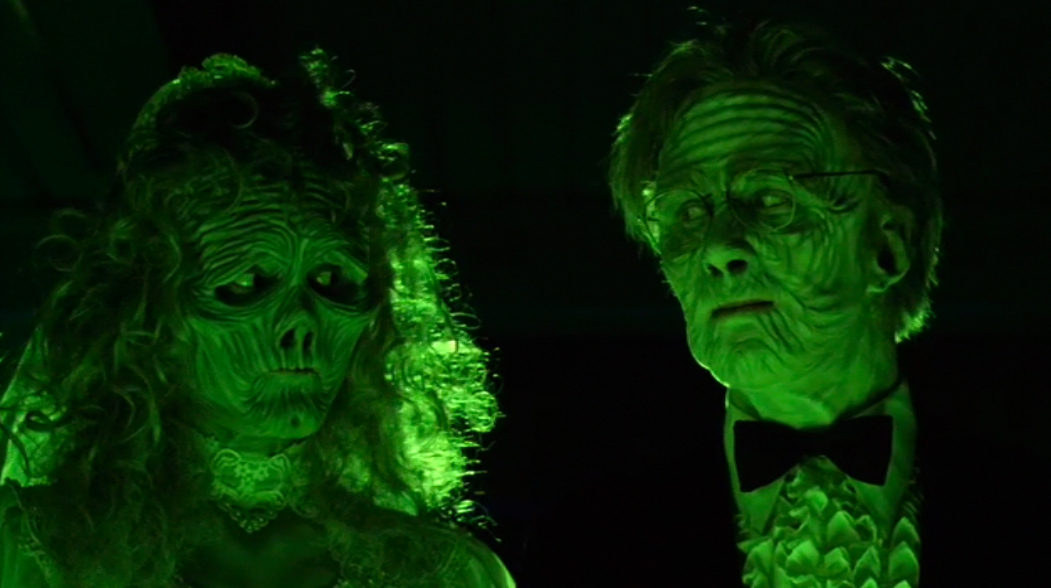
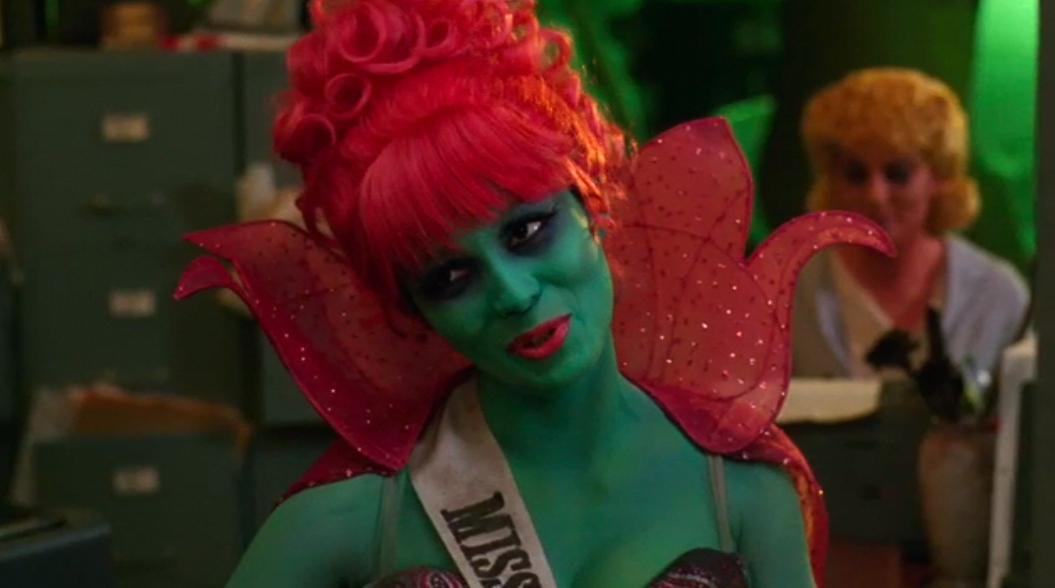 Best Most Fun Achievements in MakeUp
Best Most Fun Achievements in MakeUp
A big reason I harbor such affection for this work is that it never for a second attempts anything approaching realism. The makeup team aims instead for the more admirable goal of being fun. Keaton's look as Beetlejuice, for example, is so unapologetically theatrical with his fright wig hair and the dark circles around his eyes that he wouldn't be out of place in a silent movie.
But this is to the film's credit, and why the Oscar was justly awarded. The creative character design of Beetlejuice is still fondly remembered while thousands of more technically impressive ghoulies have blended together into a late-night cable blur.
Oh, and I can't be the only one who has always wanted to see this from Adam and Barbara's point of view, right?
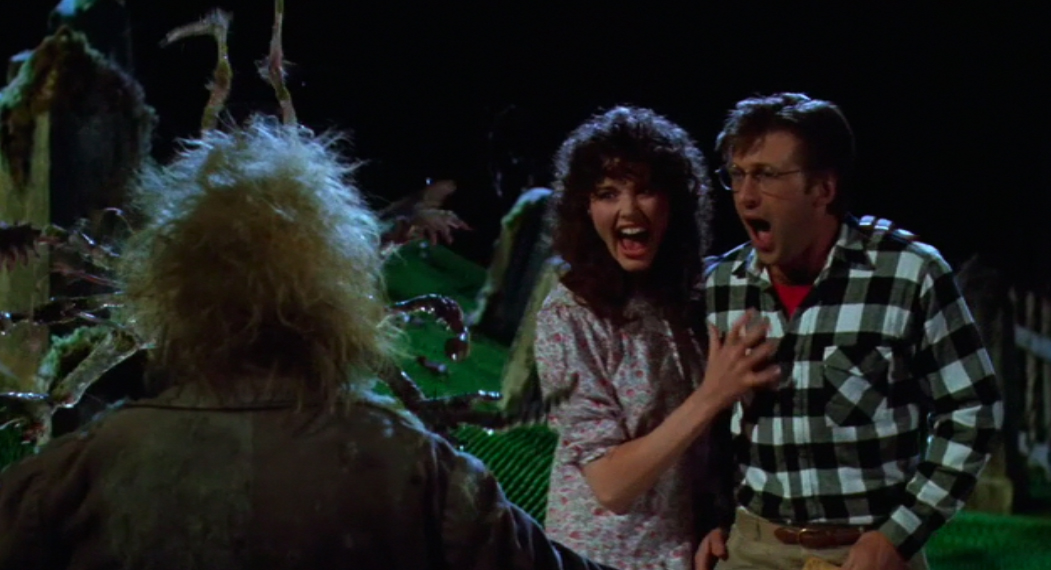
Beetlejuice costume ideas for Halloween
Makeup and Hair posts
"80s Oscars" articles
Previously on Oscar Horrors



